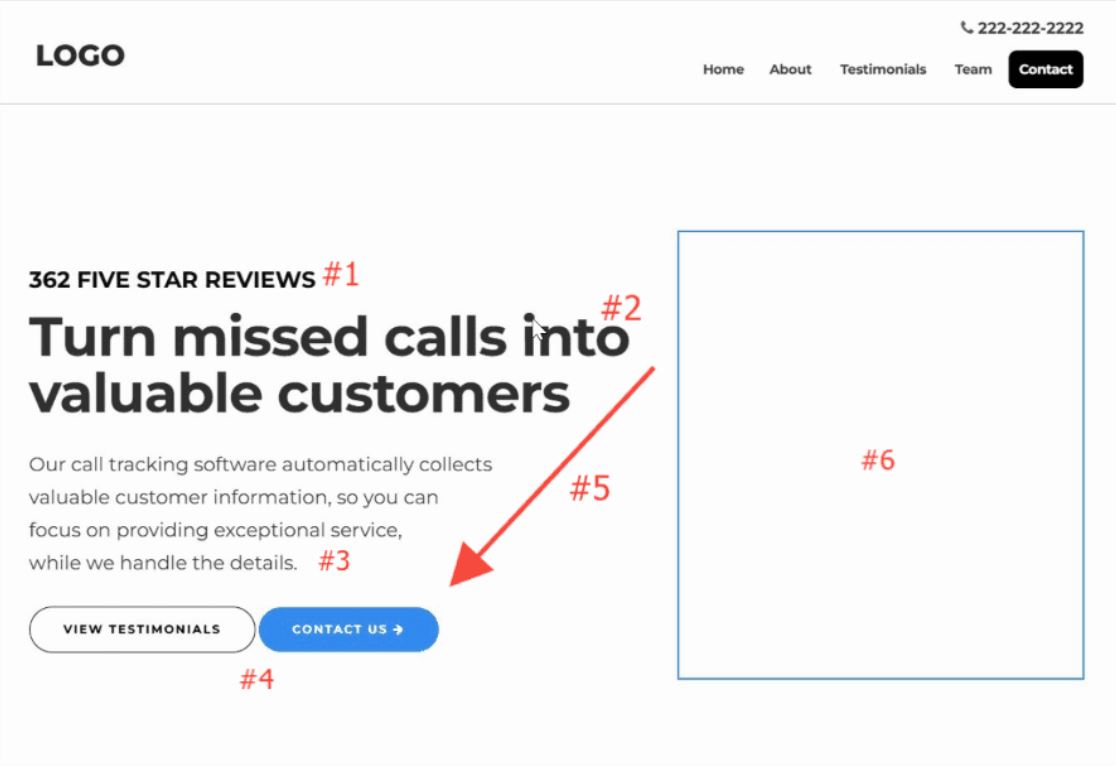Leveraging the Power of Twitter (now known as X) for Internet Marketing Success
In the realm of digital marketing, social media platforms play a pivotal role in connecting businesses with their target audience and driving engagement. Among these platforms, Twitter stands out as a versatile tool that offers a multitude of benefits for marketers looking to expand their online presence and reach. From real-time communication to trend tracking and customer engagement, Twitter presents a wealth of opportunities for businesses to thrive in the digital landscape.
1. Real-Time Communication
- Instant Updates: Twitter’s real-time nature allows businesses to share updates, announcements, and news with their audience instantaneously. Whether it’s a product launch, a promotional offer, or industry insights, Twitter enables businesses to stay agile and responsive in their communication.
- Customer Support: Businesses can use Twitter as a customer service channel, addressing inquiries, resolving issues, and providing support to their customers in real-time. According to research, 85% of small and medium-sized businesses use Twitter for customer service.
2. Brand Awareness and Visibility
- Wide Reach: With over 330 million monthly active users worldwide, Twitter offers businesses a vast audience to amplify their brand message and increase visibility. Leveraging hashtags and trending topics can further enhance reach and engagement.
- Brand Personality: Twitter allows businesses to showcase their brand personality through conversational and engaging content. By humanizing their brand and fostering meaningful interactions, businesses can build stronger connections with their audience.
3. Targeted Advertising
- Twitter Ads: Twitter offers a range of advertising options, including promoted tweets, accounts, and trends, enabling businesses to reach their target audience with precision. Advanced targeting options based on demographics, interests, and behaviors ensure ads are served to the most relevant users.
- Engagement Metrics: Twitter’s advertising platform provides detailed analytics and insights, allowing businesses to track the performance of their campaigns in real-time. From impressions and clicks to conversions and ROI, businesses can measure the impact of their advertising efforts accurately.
4. Trend Tracking and Market Insights
- Trending Topics: Twitter’s trending topics feature allows businesses to stay informed about the latest trends, news, and conversations relevant to their industry. By participating in trending conversations, businesses can increase their visibility and engagement.
- Data Analytics: Twitter offers robust analytics tools that provide valuable insights into audience demographics, interests, and behavior patterns. This data can inform content strategy, campaign optimization, and overall marketing efforts.
5. Influencer Marketing
- Influencer Collaborations: Twitter serves as a hub for influencer marketing, where businesses can collaborate with influencers to promote their products or services to a targeted audience. According to a survey, 49% of Twitter users rely on recommendations from influencers.
- Authentic Endorsements: Influencers on Twitter often have dedicated and engaged followers who trust their recommendations. Partnering with influencers can help businesses tap into these communities and drive brand awareness and conversions.
6. Lead Generation and Sales
- Lead Generation Cards: Twitter offers lead generation cards, allowing businesses to collect leads directly within the platform. By offering incentives such as discounts or exclusive content, businesses can encourage users to provide their contact information.
- Direct Sales Opportunities: Businesses can drive direct sales through Twitter by sharing product updates, promotional offers, and exclusive deals with their audience. According to research, 43% of Twitter users follow brands for discounts and promotions.
7. Community Building
- Engagement Campaigns: Twitter enables businesses to launch engagement campaigns such as polls, surveys, and contests to foster community interaction and participation. These campaigns not only increase engagement but also help in building brand loyalty.
- Brand Advocacy: Active engagement with followers and meaningful interactions can turn customers into brand advocates who promote the business organically through word-of-mouth and social sharing.
8. News and Content Distribution
- Content Amplification: Twitter serves as a powerful platform for content distribution, allowing businesses to share blog posts, articles, videos, and other content formats with their audience. According to research, 67% of Twitter users are more likely to buy from brands they follow.
- News Updates: Twitter is often used as a source for real-time news updates and information. By sharing timely and relevant content, businesses can position themselves as industry leaders and thought influencers.
In conclusion, Twitter offers a myriad of opportunities for businesses to enhance their internet marketing efforts and achieve tangible results. From real-time communication and brand awareness to targeted advertising and lead generation, Twitter provides a versatile platform for businesses to connect with their audience, drive engagement, and ultimately, grow their bottom line.


